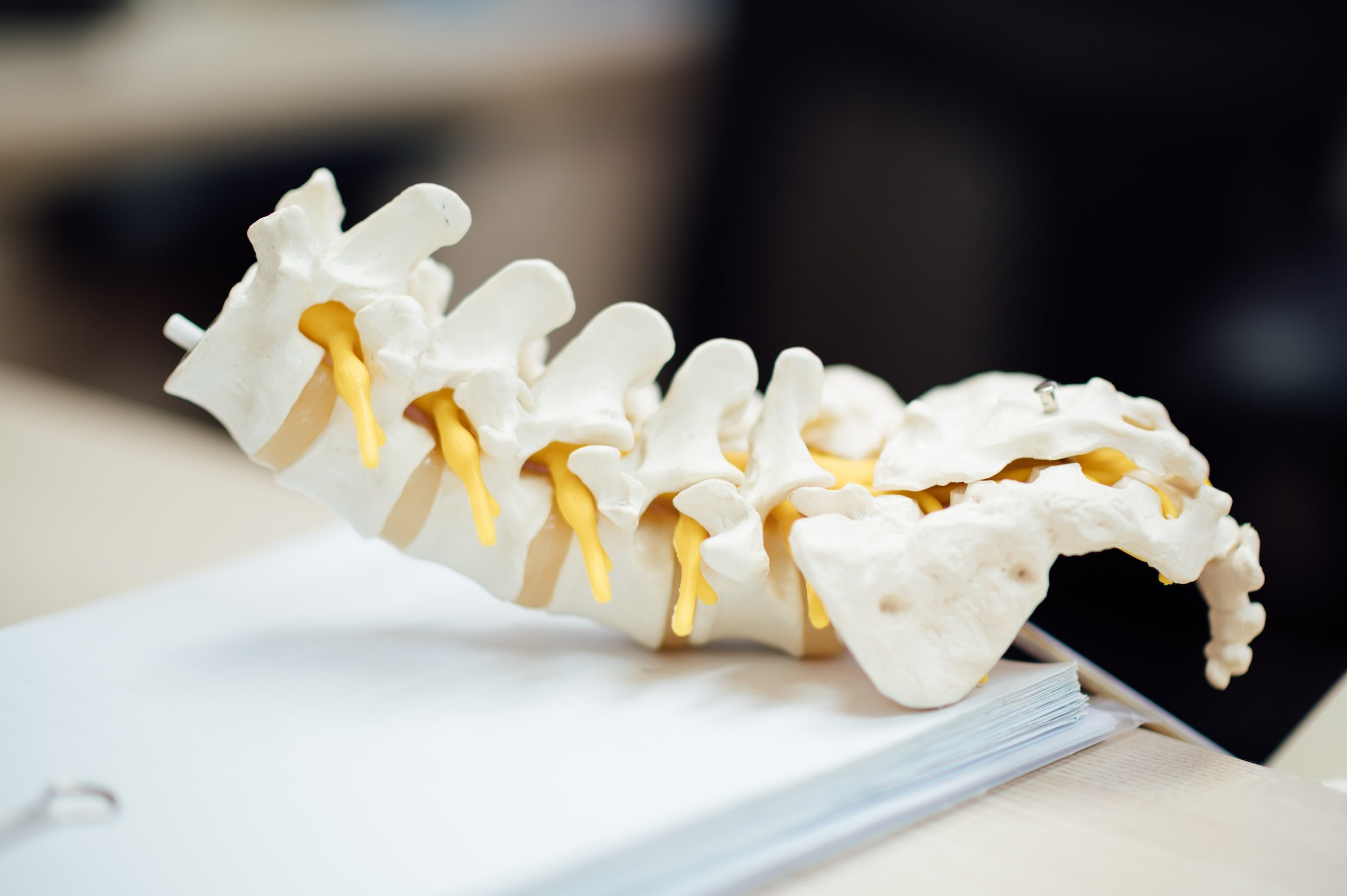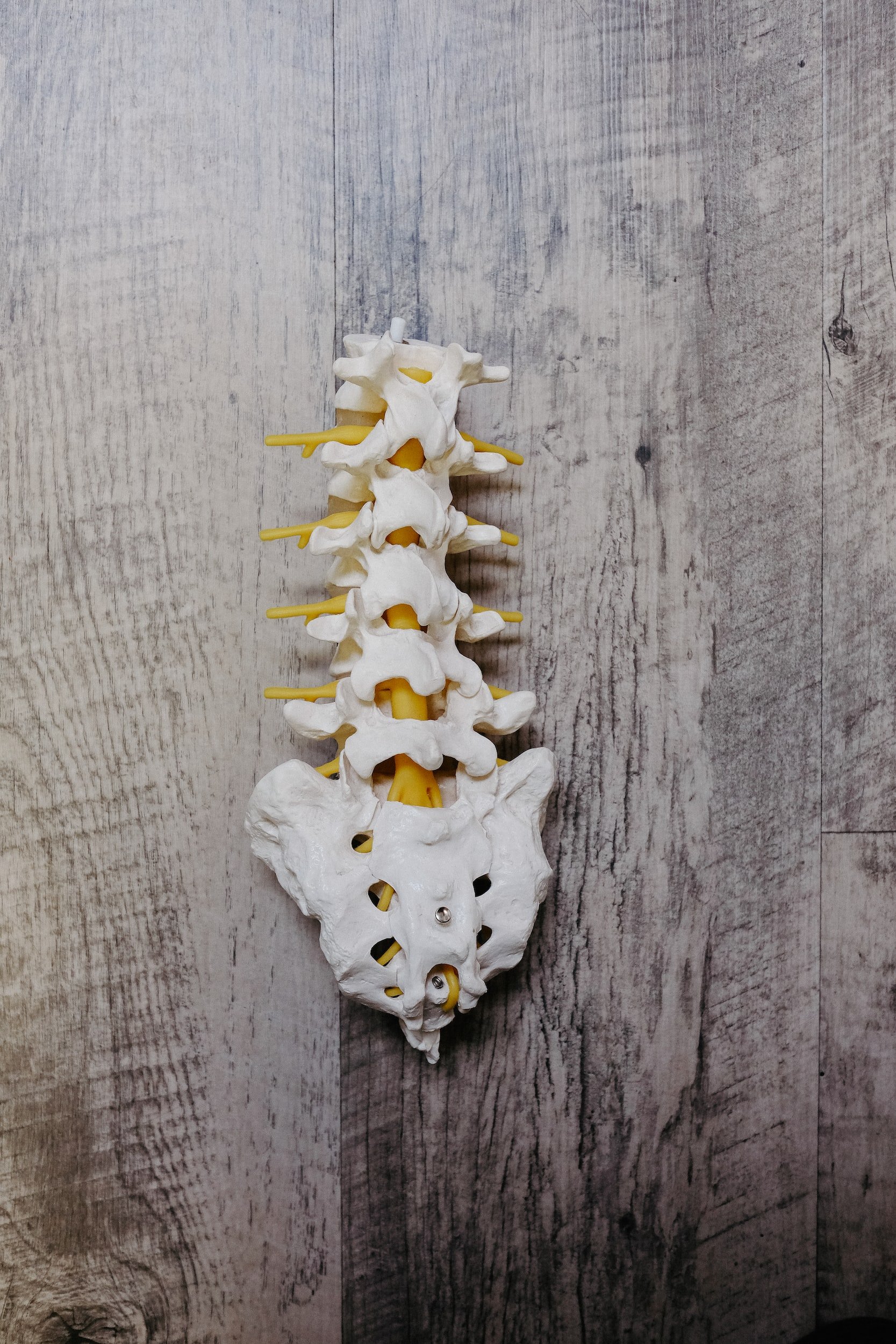CHIROPRACTIC THERAPIES AND TREATMENTS CAN HELP YOU REGAIN YOUR BEST HEALTH AND CONTINUE YOUR DAYS WITHOUT PAIN AND DISCOMFORT.
Lumbar Disc Lesion
The phrase disc lesion describes a continuum of problems that range from a repetitive disc sprain to a herniation and ending in degeneration. Many different factors can contribute to disc lesions like repetitive mechanical loading, shear stress and vibration. The stressors summate with time and load leading to a weakening of the annular fibers and the eventual disc lesion. This weakening of annular fibers can lead to chemical irritation or physical compression of nearby nerve roots.
Lumbar Facet Syndrome
Lumbar facet syndrome is acute or chronic inflammation of the lumbar zygapophyseal joint. This is thought to be the primary source of pain in anywhere between 15 to 45% of patients with chronic low back pain. (1-6) The primary cause of most facet syndromes is repetitive stress of the joint capsule or a cumulation of low level trauma. Dysfunction of any portion of the intersegmental joints can lead to a cycle of perpetuation changes, including degeneration in the remaining components.
Lumbar Sprain/Strain
The lumbar spine can be placed under exceedingly large loads. These loads can cause sprains to ligamentous tissue and strains to muscular tissue. These injuries often coexist and are aptly called musculoligamentous injuries.
Lower Cross Syndrome
Lower cross syndrome is a pattern of alternating tightness and weakness involving core and pelvic muscles. (1) This pattern often contributes to back pain and is associated with diagnoses throughout the lower body.
Pelvic Floor Dysfunction
The pelvic floor is a group of muscles that lies inside of the pelvic bone. It plays a triple role of supporting internal organs, maintaining bladder and bowel function and creating core stability. The pelvic floor works in concert with the deep abdominal muscles and diaphragm to create spinal stability. Dysfunction of the pelvic floor can cause a variety of symptoms including low back pain, incontinence, and urgency among others.
Piriformis Syndrome
Piriformis syndrome comes from a spastic piriformis muscle that can compress or irritate the sciatic nerve. It is estimated that piriformis syndrome contributes to up to a third of all back pain. (1,2) The spasticity of the piriformis is associated with lower cross syndrome and dysfunctional movement patterns.
Sciatica
The sciatic nerve runs through the gluteal muscles then down the leg. Sciatica typically refers to any irritation of that nerve, both physical or chemical. This often comes from the piriformis muscle and can run hand in hand with piriformis syndrome.
Lumbar Stenosis
Lumbar Stenosis is a narrowing of the holes in the spine called foramen. This can occur at any combination of the foramen from the central to lateral or both.









